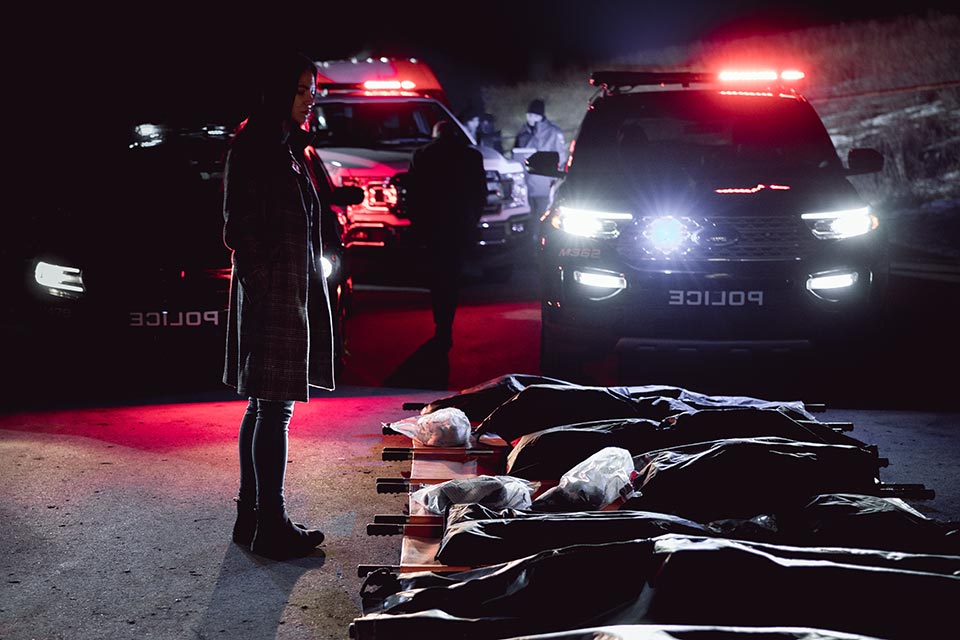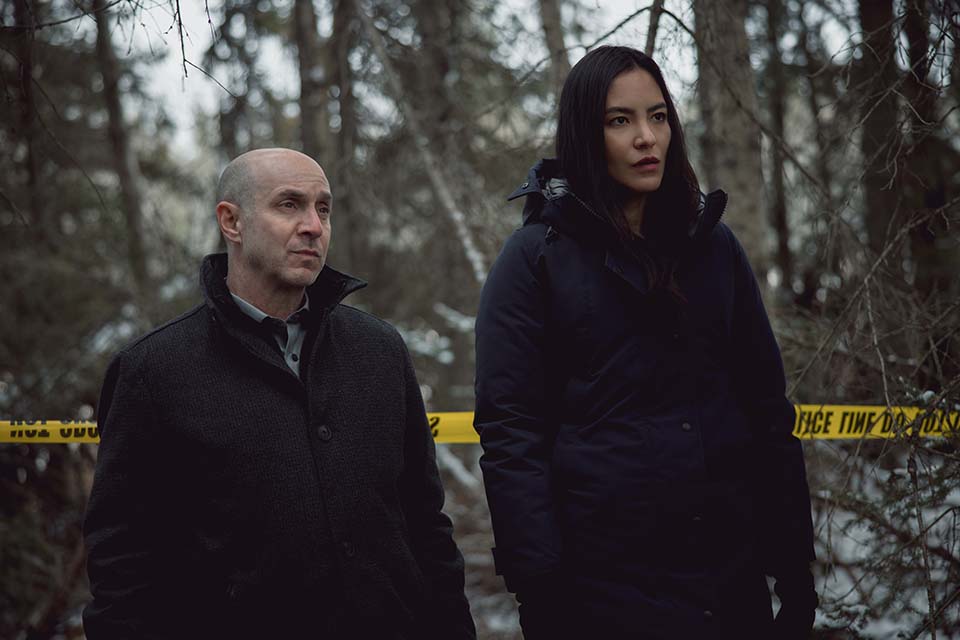
On November 25 at AMPIA’s 2022 Annual General Meeting, the AMPIA Board elected new co-chairs. In an effort to meet the growing demands of the industry and AMPIA membership, the duties of AMPIA Chair will be shared by two members for the next term – long-time producer Brent Kawchuk and Janet Morhart of Prairie Dog Film + Television. Both share considerable experience and passion for our industry and carry complementary strengths that will benefit AMPIA going forward.
An industry veteran, independent producer Brent Kawchuk has written and produced award-winning television programming for networks across Canada. Brent has worked with advertising agencies and marketing departments across Canada to create hundreds of commercials, cinema, digital and interactive corporate pieces for brands such as Tim Hortons, Subway, McDonald’s, Ford, Chevrolet, Western Canada Lotteries, Fountain Tire, Sport Chek, SGI, ATB and several Canadian Heritage Minutes. Before entering television, Brent spent four years as a teacher in Calgary and holds a Bachelor of Education degree. He also holds a Bachelor of Journalism with Distinction. Full bio.
Janet Morhart is the Chief Operating Officer and Co-Executive Producer at Prairie Dog Film + Television. Janet supports the Showrunner by helping produce television; she provides feedback and notes on scripts, pitches, media, and the development of future projects. She focuses on business matters and is responsible for all aspects of accounting and business affairs, including financing, budgeting, cost reporting, cashflow, tax credits and contracts, as well as the overall corporate operations. Janet is educated as a Chartered Professional Accountant (CPA), Certified Management Accountant (CMA) and has a bachelor’s degree in Accounting and Applied Business Administration from Mount Royal University in Calgary, Alberta. Full bio.
Janet will also remain as Treasurer. In addition, Cohen Mill remains as Secretary, Bonnie Thompson as Vice-Chair North and Dave Schultz takes over as Vice-Chair South from departing Board member Michelle Gayse-Leader. Leaving the Board is former AMPIA Chair David Benson. David has led AMPIA for the past two years through some very turbulent times. We thank David and Michelle for their dedication and time to AMPIA.
Three new Board members and four returning Board Members were acclaimed as the 2022-23 AMPIA Board. The three new members are: Connie Edwards of Souleado Entertainment, Michael Peterson of Peterson Polaris Corp. and Barry Morrissette of Radiance Digital. Returning Board members are Brent Kawchuk, Janet Morhart, Dave Schultz and Bonnie Thompson. In addition, the following Board members who were not up for re-election remain on the Board: Chris Duncan, Justine Gamez Huckabay, Nauzanin Knight, Cohen Mill and Adam Scorgie. Board member bios can be found on the AMPIA website.




